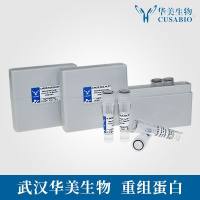Measurement of Recovery of Function Following Whole Muscle Transfer, Myoblast Transfer, and Gene Therapy
互联网
互联网
相关产品推荐

赛默飞世尔Thermo Fisher LAR I.V. THERAPY 货号:T_70113-451-157
¥25000

SARS-CoV-2 (2019-nCoV) Spike Gene ORF cDNA clone expression plasmid (Codon Optimized)
¥4690

Creatine Kinase Muscle/CKM 兔多抗(抗原亲和纯化)
¥1699

Recombinant-Saccharomyces-cerevisiae-Mitochondrial-inner-membrane-magnesium-transporter-MFM1MFM1Mitochondrial inner membrane magnesium transporter MFM1 Alternative name(s): MRS2 function modulating factor 1
¥12138

Myoblast Determination Protein 1 Rabbit Polyclonal Antibody
¥1200
相关问答

